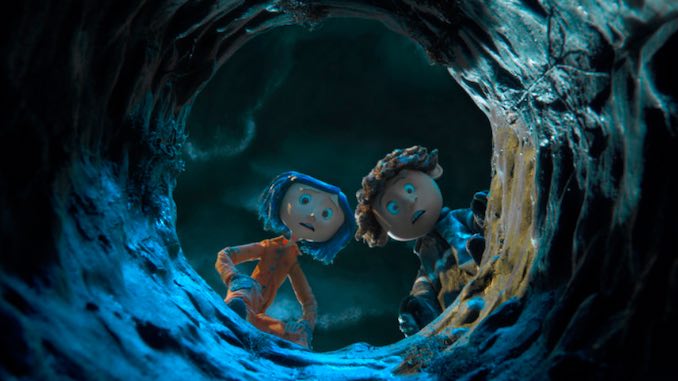How Kid-Friendly Horror Threatens the Familiar

Anyone who has seen Coraline can attest to the film’s spine-chilling nature. I was about nine years old when I first watched it, and I mark that day as the beginning of my anti-horror stance. While technically a children’s movie, Coraline contains various elements of traditional horror that contribute to the film’s eeriness. The button-eyed doppelgängers and uncanny child-ghosts resided in my nightmares for weeks on end, and it took years for my scaredy-cat self to even attempt to revisit it. Films like Coraline and Monster House utilize children’s animation and dialogue as an exciting playground to address our darkest, more existential fears. Family stability, home security and overarching worries about the future are all fair game, regardless of what age group these films are intended towards. Though undeniably terrifying, this era of kid-friendly horror is also powerfully nostalgic, and it has a huge role in establishing the two branching paths—full-blown horror nut or hopeless scaredy-cat—that make scary movies so worth watching.
-

-

-

-

-

-

-

-

-

-

-

-

-

-

-

-

-

-

-

-

-

-

-

-

-

-

-

-

-

-

-

-

-

-

-

-

-

-

-

-








































